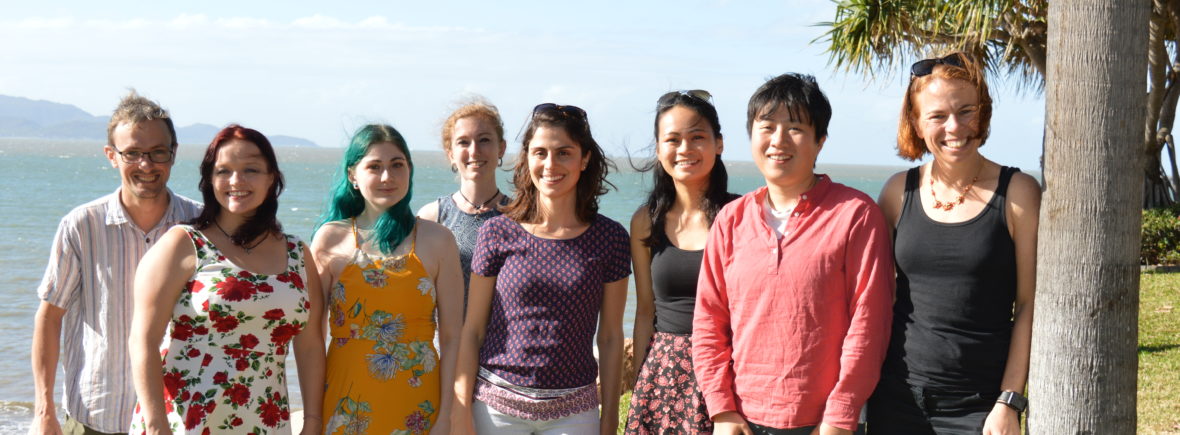Jan Strugnell

Jan applies next generation sequencing tools to help solve bottlenecks in fisheries and aquaculture industries. Supported by the ARC, her laboratory group is investigating population differentiation, recruitment and adaptation in a range of commercially important lobster species and are investigating the genetic basis for resilience and susceptibility to temperature stress in abalone. Jan also works on marine species that are shifting range in response to climate change and employs eDNA techniques to detect rare and invasive aquatic and marine organisms. She also investigates population and species level molecular evolution in Antarctic and deep-sea taxa in the context of past climatic and geological change.
Jan Strugnell investigates the evolution and function of marine organisms using genomic and proteomic techniques. Her research encompasses both applied and blue skies questions.
Ira Cooke
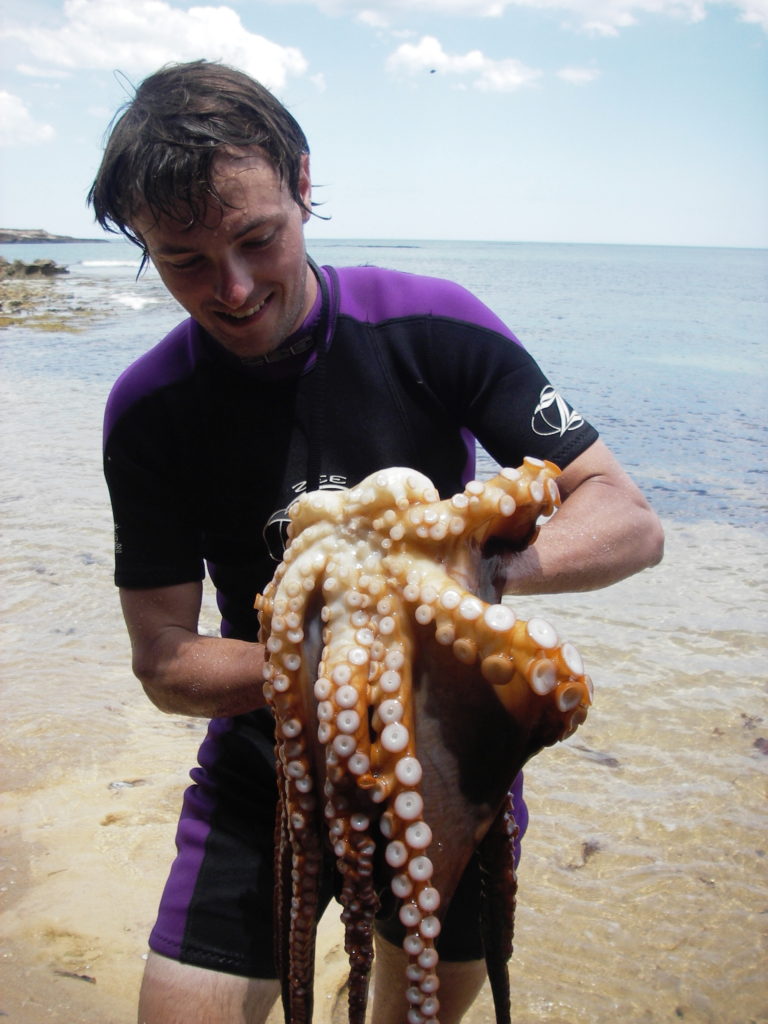
Ira is interested in computational tools and workflows for analysing large ‘omics datasets. He applies these to a wide variety of research questions from clinical applications of genomics to human health to aquaculture and the biology of corals and cephalopods.
His two main research interests currently are the application of population genomic techniques to understand recent evolutionary processes, and the use of gene expression measurements (proteomics and transcriptomics) to understand the molecular bases of key biological functions in marine invertebrates including development, toxicity, immunity and microbial interactions. He often develops new workflows and occasionally develops new computational tools to assist with these analyses.
Sally Lau

Sally is fascinated by how and where did the Southern Ocean benthic fauna survive repeated environmental extremes in the Quaternary.
She studied the reproduction of an Antarctic bivalve for her MSci and population genomics of the Southern Ocean octopus and brittle stars for her PhD.
She is now working as a post-doctoral researcher on using genomic techniques to understand demographic history and functions in the Southern Ocean.
Nicola Rodewald

I have always been fascinated by the weird and wonderful world of marine benthic invertebrates. For my MSc, I used morphological and molecular data to resolve the taxonomy of a non-indigenous Polydora species on farmed oysters in South Africa.
My PhD will focus on population genetics of Antarctic benthic invertebrates using reduced representation genomic methods and will have a particular focus on dispersal
Joe Perkins
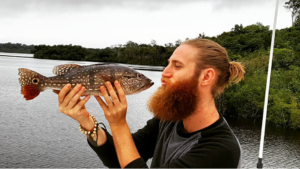
My PhD investigates harmful algal blooms (HABs), with a focus on Gambierdiscus species, responsible for ciguatera poisoning along the Great Barrier Reef and within the Coral Sea Marine Park. My work integrates field ecology, environmental DNA (eDNA) metabarcoding, and toxin detection using both cell-based assays and mass spectrometry to monitor toxic dinoflagellates and the accumulation of toxins in reef fishes. My broader research interests include marine toxin ecology, biodiversity monitoring, and the impacts of climate change on marine ecosystems. I previously completed a research masters in Molecular Ecology at the University of Salford (UK), where I applied eDNA metabarcoding to study fish community connectivity in the River Mersey. I have also worked contributed to ecological research and conservation initiatives across the UK, Africa, and South America, and am passionate about improving the health and resilience of ecosystems and communities.
Matthew Quin
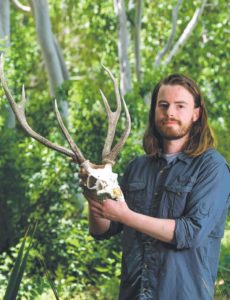
Matt completed his Bachelor of Science (Wildlife and Conservation Biology) and Master of Science (Research) at La Trobe University in Melbourne. For his Master’s, he used DNA metabarcoding techniques to investigate the spatial and temporal dietary behaviour of non-native sambar deer (Rusa unicolor) in south-eastern Australia.
Matt commenced his PhD within the Marine Omics lab group in 2021 and intends to explore the population genetics of another non-native ungulate, chital deer (Axis axis), in the north-Queensland dry tropics region. Stemming from a founding population of only four individuals, chital deer have significantly increased their population size and distribution across the region in recent decades. Matt anticipates that the use of population and landscape genetic analysis techniques in his PhD will help predict the areas that chital deer will occupy in the future, and inform effective management of the species.
Roy Barkan
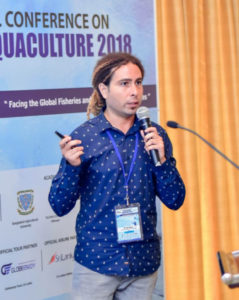
Roy completed his MSc in marine biology and biotechnology at the University of Ben-Gurion in Israel. During his masters he focused on fish nutrition. He used molecular and bioinformatic tools to study the effects of reducing fishmeal and using alternative feed ingredients such as algae. Roy worked for the National Center for Mariculture (NCM) in Israel for 6 years and was the head technician is the water quality and engineering department.
Roy is now doing his PhD, working on one of the major issues that abalone populations are facing – mass mortality events which mainly occur during summer months and referred as ‘summer mortality’. He is exploring the genetic mechanisms that might be responsible for heat resistance.
Eva Paulus
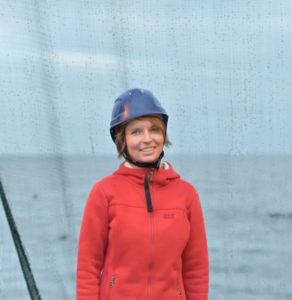
Eva is German and hates the cold, which is why she is very happy to be in tropical Townsville to do her PhD on dugong population genetics now. She did her bachelors at a small University in Florida, Barry University, and moved back to Europe to complete her MSc at the University of Groningen in the Netherlands. Eva likes scuba diving and collecting plants, both of which are great to do in the tropics!
She has worked on many different organisms: tropical angelfishes, deep-sea hydrothermal copepods, benthic isopods, mesopelagic fishes, eels, and now a marine mammal! If you want to learn more about her project, click on the “Dugongs” tab above!
Nadja Schneller
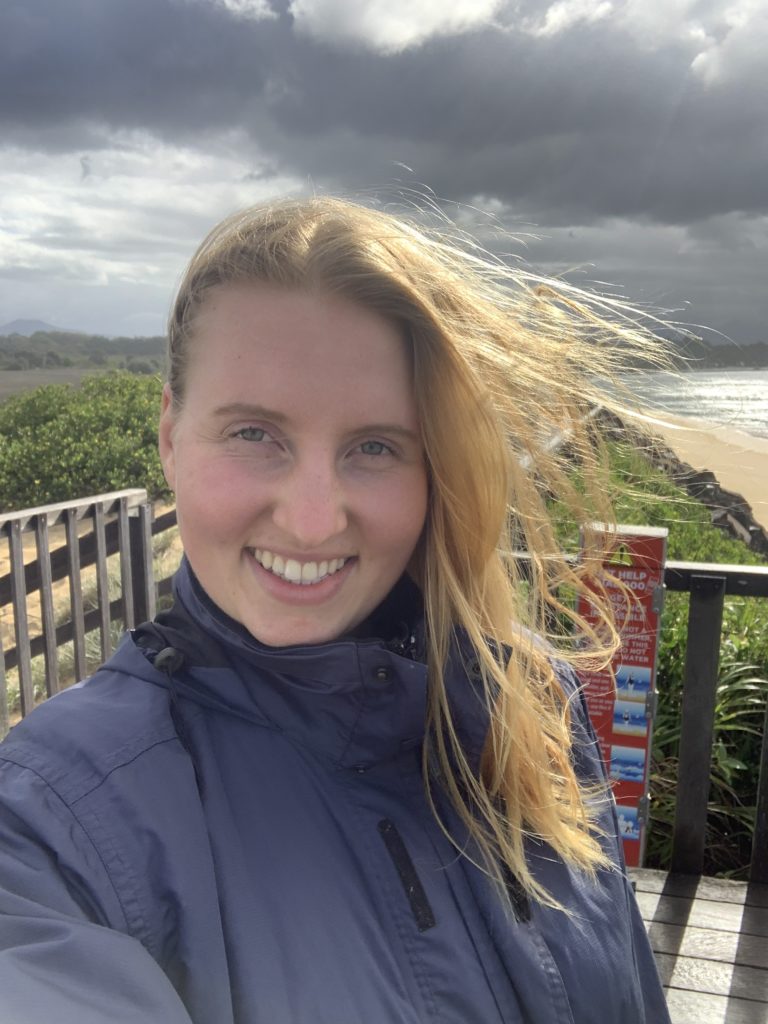
Nadja is passionate about wildlife and biodiversity conservation and how we can use the power of genetic tools to inform ecosystem and population management. During her time as an undergraduate student studying a Bachelor of Science majoring in Ecology and Conservation Biology at Monash University, Nadja joined the Wildlife Genetic Management Team led by Prof. Paul Sunnucks and Dr. Alexandra Pavlova and worked on genetic rescue of the endangered Macquarie Perch, an endemic Australian freshwater fish. In addition to training in lab work and computer-based analyses Nadja completed a Cert. III in Marine Habitat Conservation and Restoration which allowed her to gain practical skills for a wide range of marine conservation work.
As a trained classical musician Nadja furthermore has a strong interest in how creative practices can enhance science communication. She believes that cross-disciplinary approaches hold immense value for the advancement of research and conservation work through creative thinking and artistic communication. Nadja is now starting a Master of Philosophy with Jan Strugnell, Ira Cooke and Matt Field looking at structural variants in corals and how these influence adaptive processes and evolution to inform genetic management and conservation of reef-building coral species and other marine organisms.
Edel Sheerin
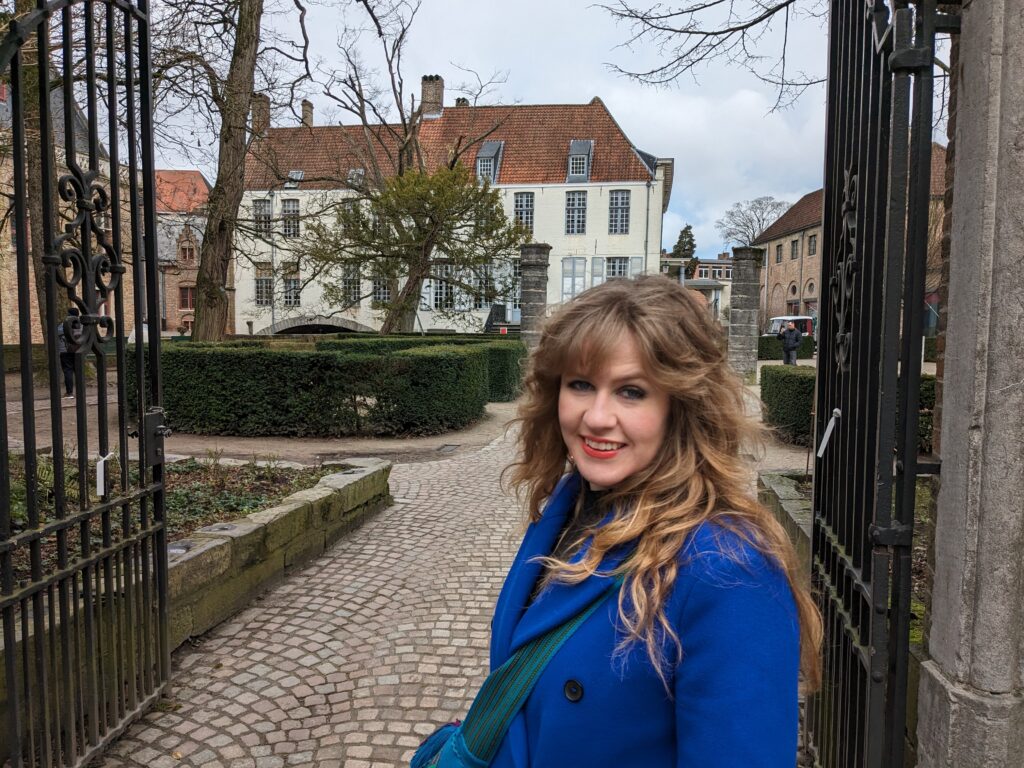
Edel’s curiosity and passion for biodiversity led her on a career path applying molecular tools to study wildlife populations. Her previous research focused on assessing population structure and species complexes within cephalopods, non-invasive genetics of terrestrial mammals and most recently within the Darwin Tree of Life (DToL) project at the Wellcome Sanger Institute. Here she developed expertise across high-throughput genome generation, biodiversity monitoring and vector surveillance projects, optimising high-throughput protocols and automated workflows.
Edel has joined the Marine Omics research group to pursue her PhD project. She will investigate the diversity and population connectivity of benthic marine invertebrates around a remote sub-Antarctic archipelago, Heard Island and McDonald Islands (HIMI), and the broader Southern Ocean. By applying the latest genomic techniques to taxa such as echinoderms and cephalopods, this project aims to advance our understanding of their evolutionary histories and population dynamics across the Southern Ocean.
Jesselyn Brown
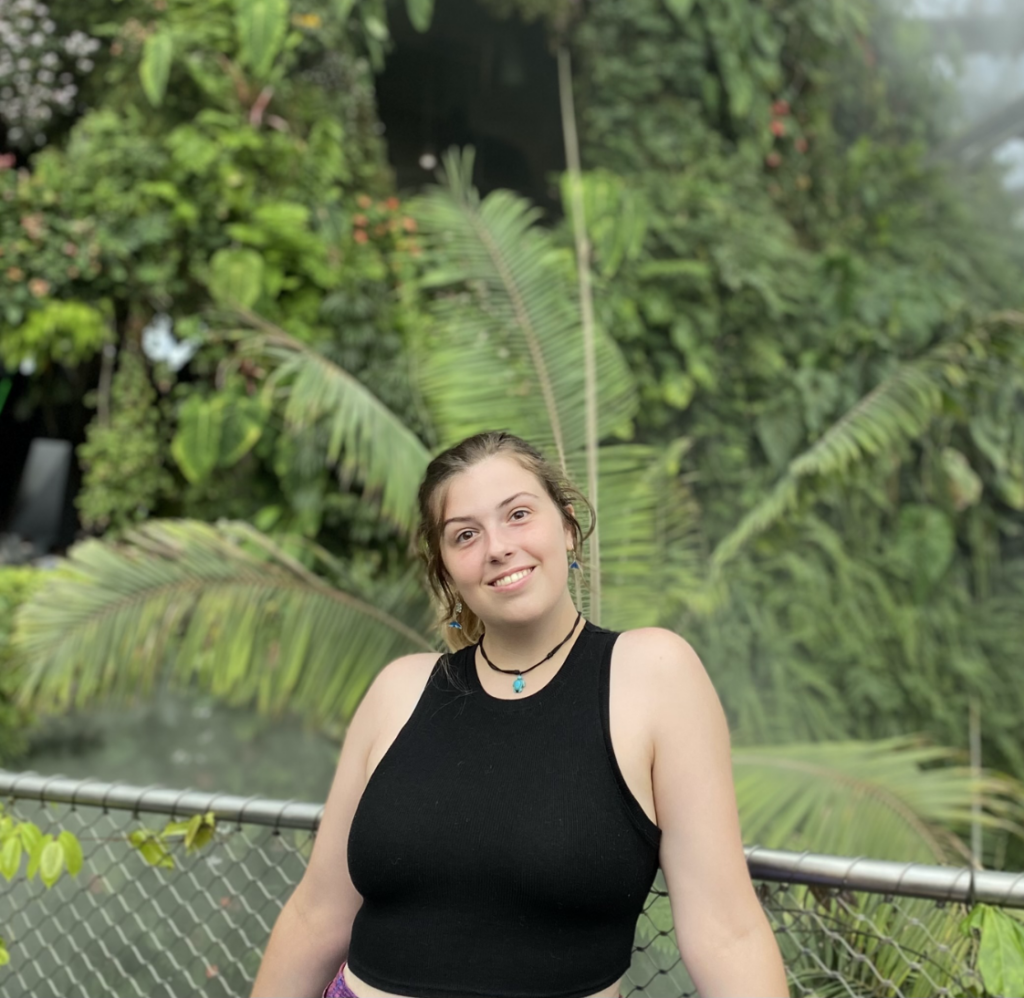
Originating from a land locked mountain town in Colorado, Jess has always been enamoured by the creatures of the deep, and their evolutionary tracks.
She will be completing her bachelors of Marine Science at James Cook University Australia in December 2024.
Jesselyn is hoping to continue to her educational journey towards further study within the field of Antarctic and deep sea research.
Mikhail Nazareth
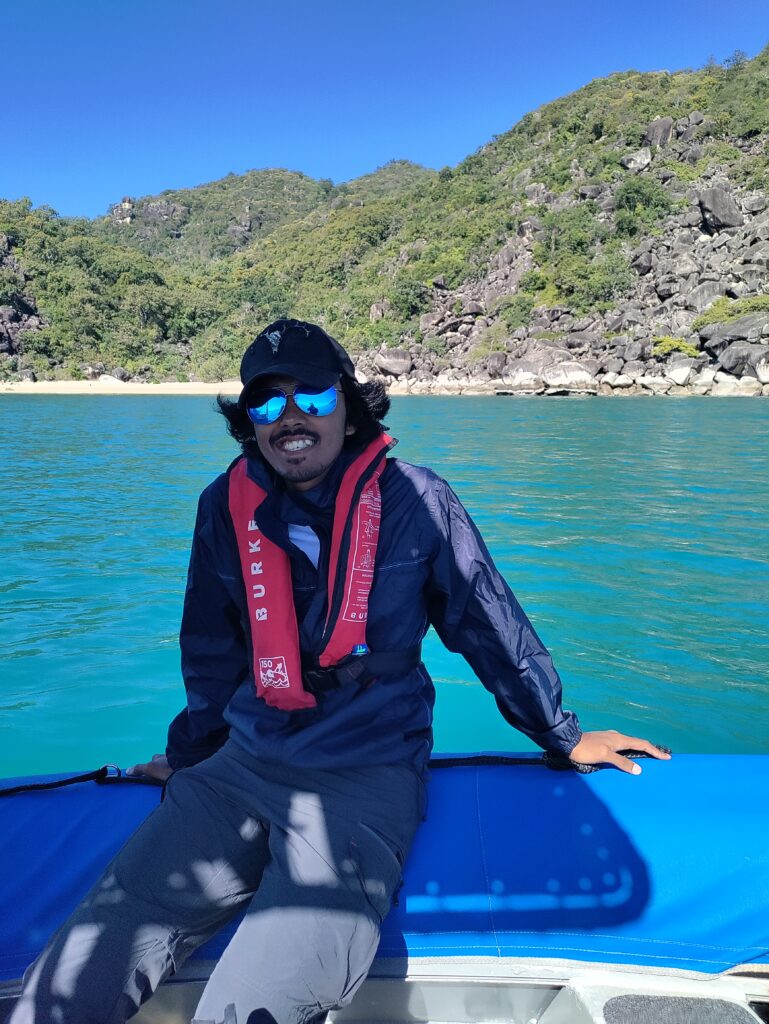
Mikhail’s passion for genetics was sparked by his lifelong love for the ocean. Captivated by its vastness and the remarkable diversity of marine life, he became driven to understand the evolutionary processes that shape this biodiversity. This curiosity naturally led him to computational genomics and bioinformatics, where he found the tools to explore questions about evolution at a molecular level.
Mikhail has been involved in a diverse range of projects; from studying sea snake production to marine mammal bioacoustics. He is currently pursuing a PhD with the MarineOmics group, focusing on asynchronous spawning in coral. Through his research, Mikhail aims to uncover the genetic and evolutionary mechanisms that drive diversification and speciation in marine organisms. Outside the lab, he enjoys playing music with his friends and staying active with a game of ultimate frisbee.
Joshua Lesicar
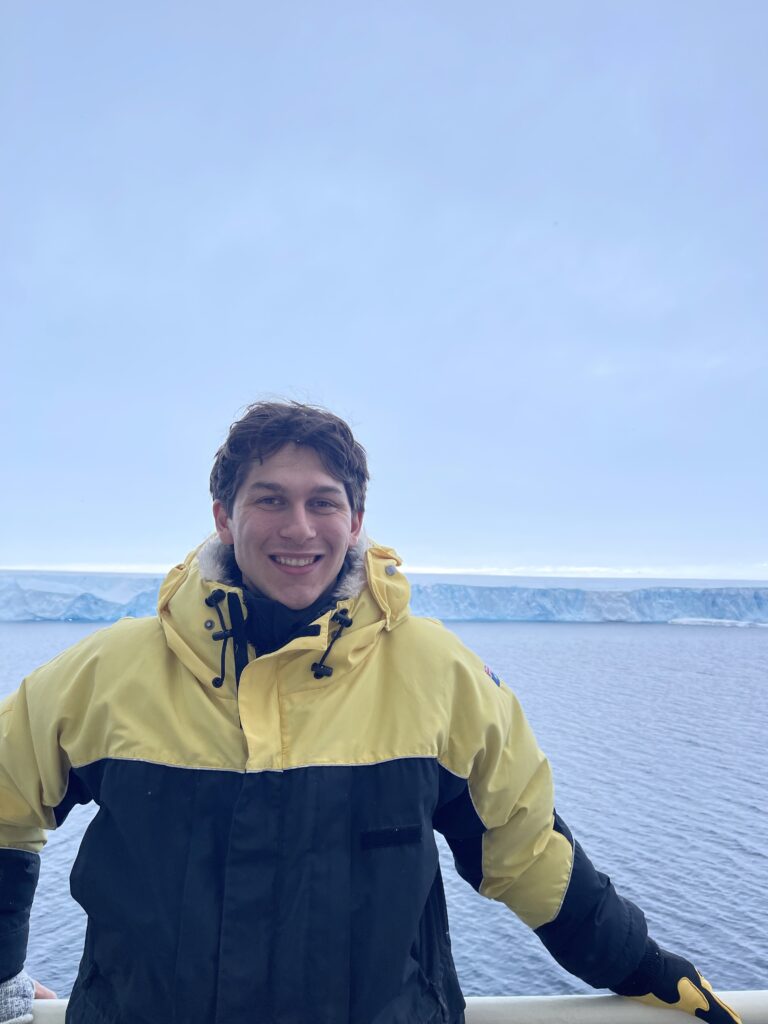
Josh recently completed a Bachelor of Marine Science at James Cook University and is now undertaking a one-year Honours research project focused on an Antarctic benthic invertebrate, Doris kerguelenensis. He was lucky enough to begin his Honours year by participating in the Denman Marine Voyage, where he was able to collect his study taxa firsthand.
His research aims to quantify dispersal in a direct-developing slug using genetic relatedness and location data. He hopes his findings will help elucidate how some Antarctic benthic invertebrates can be so widely distributed, despite the challenge of surviving repeated Antarctic Ice Sheet fluctuations and the long-held paradigm that direct developers are poor dispersers.
Previous group members
Alyssa Budd
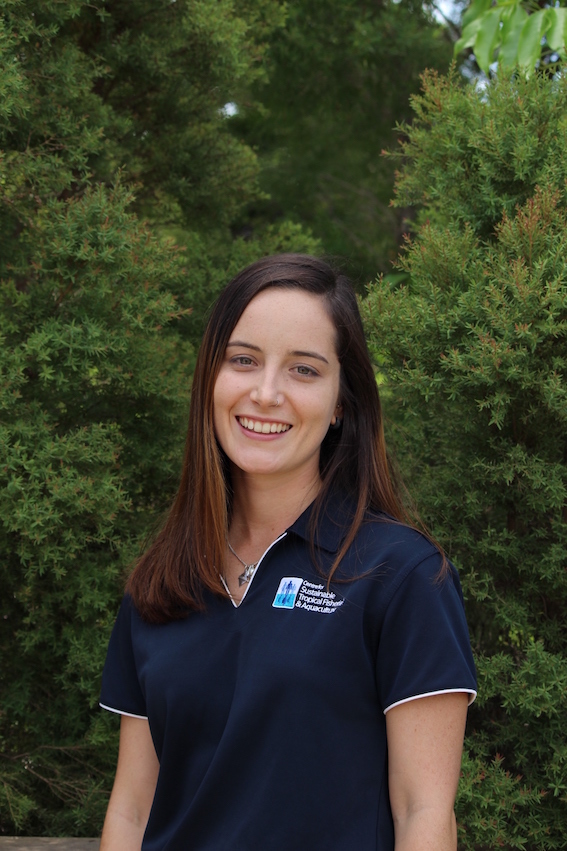
Alyssa Budd uses a range of molecular and bioinformatic tools to investigate evolution, ecology and environment. Alyssa’s keen interest in molecular biology developed following completion of a Bachelor of Science with Majors in Ecology and Marine Science at the University of Queensland; during her honour’s year. Working in the Degnan Marine Genomics Laboratory, Alyssa studied a set of developmental genes responsible for shell patterning in tropical abalone. This work lead to a position within the CSIRO Marine and Atmospheric Research Division, examining the evolutionary, genetic and environmental influences on prawn pigmentation for aquaculture.
Alyssa recently completed a PhD at James Cook University, which investigated the epigenomic and transcriptomic effects of temperature on sex change in Australian Barramundi. Throughout her PhD, Alyssa was involved in a broad range of projects from sequencing HPV in marine turtles to conducting aerial dugong surveys along Australia’s east coast. Currently, Alyssa works in the Marine Omics Lab to develop environmental DNA survey methods to detect rare marine species.
Brooke Whitelaw
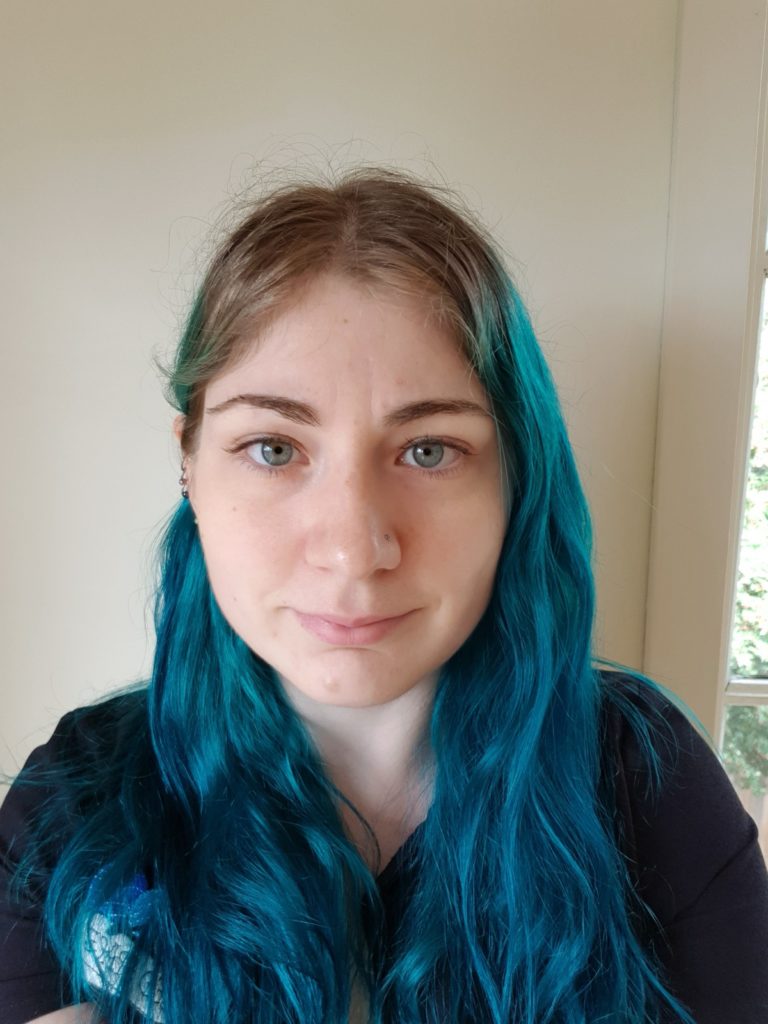
Brooke Whitelaw uses genomic, transcriptomic and proteomic techniques to investigate the evolution of venom within cephalopods. Originally completing a Bachelors of Wildlife and Conservation Biology at Latrobe University she developed an interest in cephalopod venoms. This lead to an honours project on the proteins within the posterior salivary glands (venom producing glands) in the southern blue-ringed octopus (Hapalochlaena maculosa) and the southern sand octopus (Octopus kaurna). She is currently pursuing this interest into her PhD ,which examines the evolution of octopod venom between two different systems: one containing the non-proteinaceous neurotoxin tetrodotoxin (southern blue-ringed octopus) and one with presumably predominantly proteinaceous neurotoxins (Californian two spot octopus). Her focus lies on the impact of a potent non-proteinaceous toxin into a venom system and the underlying evolutionary processes that allow for the incorporation of a toxin such as tetrodotoxin into a species.
Catarina Silva
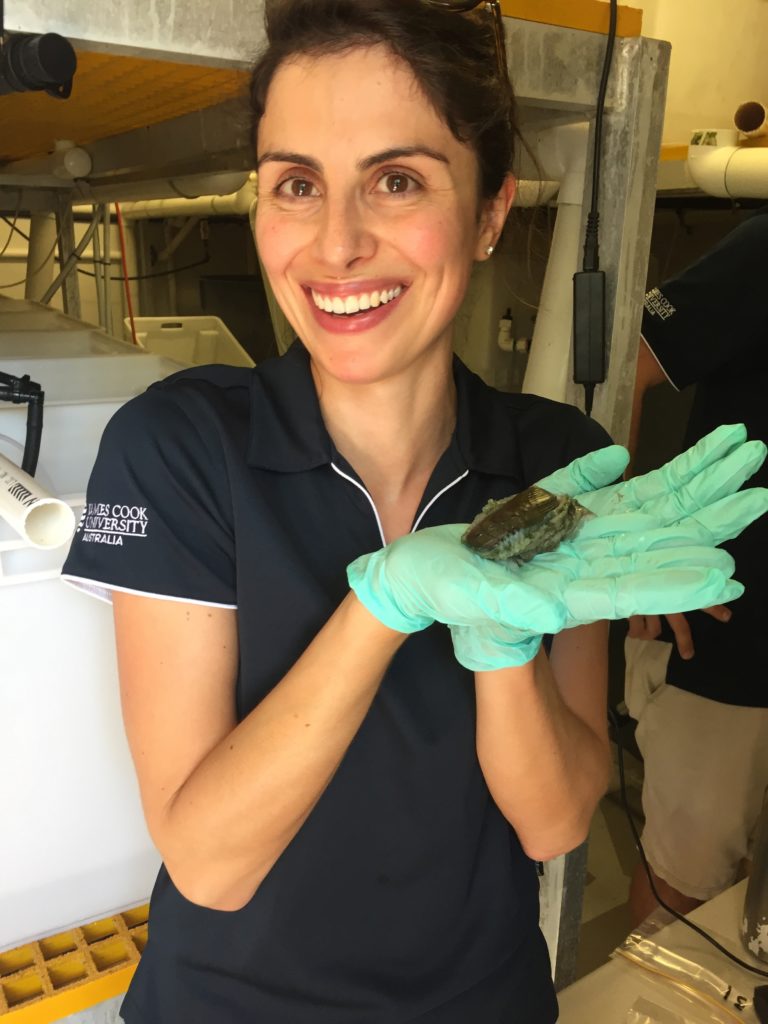
Currently she is using genomic tools (single nucleotide polymorphisms or SNPs) to investigate neutral and adaptive processes influencing the divergence patterns of a range of lobster species. She also applies genomic tools to tackle challenging issues and opportunities in fisheries, aquaculture and conservation.
Catarina’s general research interests are related to understanding the interactions between genotype, phenotype and the environment. She uses genetic and ecological approaches to study the complex mechanisms driving the adaptation and dispersal of organisms (for example by examining patterns of connectivity, gene flow, plastic responses and genetic signatures of local adaptation).
Shannon Kjeldsen
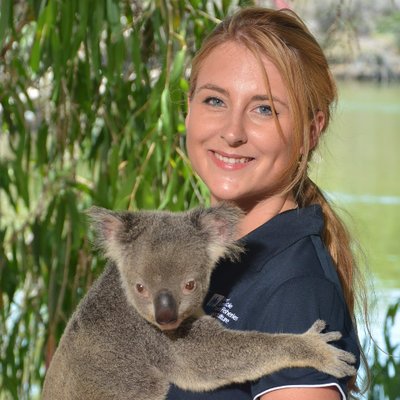
Shannon is passionate about wildlife conservation, and uses genomic tools to investigate a variety of ecological questions. She completed her undergraduate degree in Animal and Veterinary Bioscience (with honors) at the University of Sydney, before moving to Townsville, Australia to pursue a PhD project investigating population genetics of koalas across Australia. Using the skills developed throughout her studies, she has been involved with a variety of different genomics projects, from phylogeny and population structure of native Australian mammals (including koalas and dingoes), to captive breeding of aquaculture species, and developing non-invasive monitoring techniques for marine fishes.
She is currently involved in a citizen science project – Redmap Australia (www.redmap.org.au), which aims to track marine species which may be shifting their distributions as a result of climate change.
Legana Fingerhut
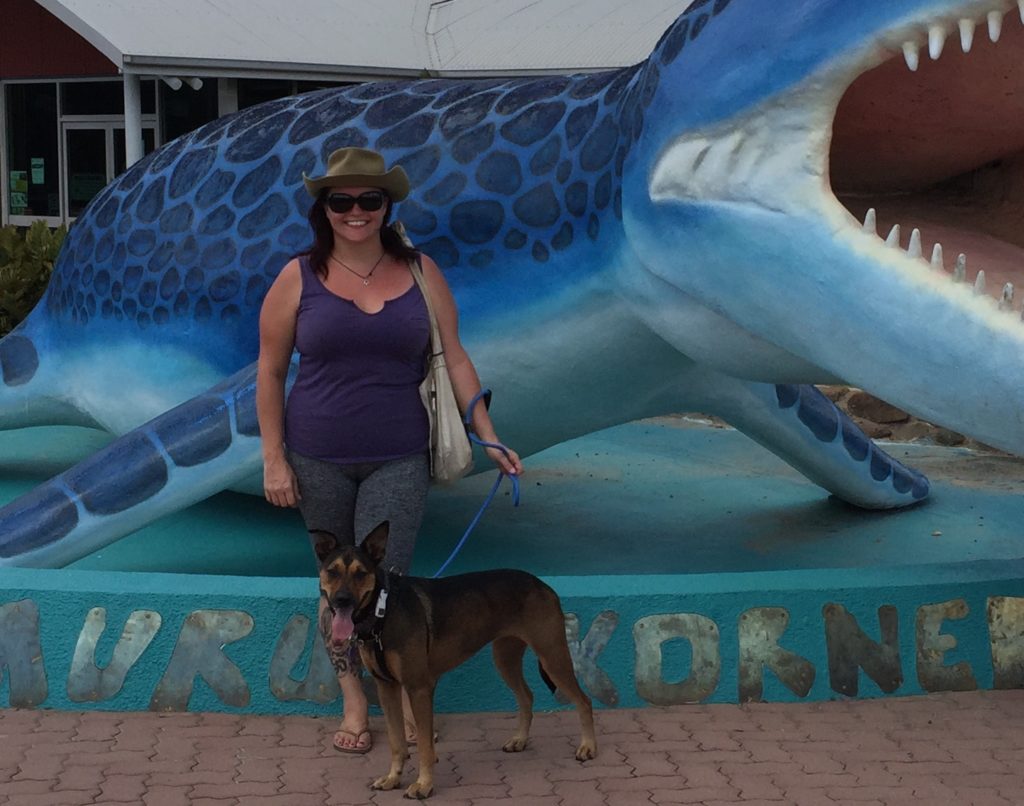
Legana completed her degrees in Zoology and Ecology & Conservation and Honours in Molecular Biology which incorporated a fascinating octopus venom research project. During her Honours, she developed an interest in bioinformatics and its potential for large and efficient data management. This led her to a PhD that originally sought to identify antimicrobial peptides in the stony coral Acropora millepora. That initial idea led to the development of an R package for AMP prediction called ampir. After completing her PhD Legana has continued to maintain ampir and is using it in her postdoctoral work on a range of other organisms. Legana is a wildlife carer and snake catcher and exceedingly fond of bats and reptiles.
Jia Zhang

Jia likes to use bioinformatic tools to analysis genomic data. She is also interested in developing new tools, pipelines and data visualisation. She finished her Master’s degree in Genetics at Kunming Institute of Zoology, CAS where she did de novo genome assembly for several mammals and transcriptome analysis for different tissues in high-altitude rodentia.
In 2023 she completed her PhD on the use of whole genome sequencing to understand the evolution of corals and their symbionts. She is now a postdoctoral research fellow at the University of Queensland.
